We received a significant reaction to our analysis last week on the economics of winter finishing. Figures showed finishers requiring a beef price of over €4.50/kg next spring. Some questioned the modelling in relation to store value and feed costs.
The economic challenges facing winter finishing extend way beyond tweaking the value of silage or ration prices and the lack of profitability in suckler systems rules out cheaper stores as a long-term solution.
At a basic level, winter finishing is challenged by the fact that – in line with our main export markets – price seasonality has disappeared. In recent years, we have seen the price paid by factories for grass cattle in the autumn equal to – and sometimes higher than – what was returned the following spring. Not since spring 2015 has the market returned a significant premium over what was a disastrous beef trade the previous autumn. This failure by the market to recognise the difference in production costs at farm level questions the logic behind year-round production.
The efficiency gains of young bull beef systems provided farmers with some opportunity to return a profit from indoor finishing. But instead of working with farmers to develop the bull-beef model, the industry moved to squeeze them out through price penalties and weight limits. As a result, Ireland is now the only EU state where the strategy is to produce beef year-round from a less efficient steer system – made even more difficult as the Irish steer price is often discounted against the price returned on the continent for young bulls.
In this week's edition, Matt Dempsey highlights the challenge of trying to return a profit from bringing the increased number of dairy-bred stock through to beef. Despite the introduction of the dairy beef index, we continue to see the beef merit of these animals being ignored within the national breeding programme.
As a result, Teagasc, within the dairy expansion programme, has failed to develop an economically viable blueprint for bringing the majority of dairy-bred progeny through to beef, leaving the sector totally exposed to a highly volatile live export trade.
Rather than continuing to try to build a beef model around the current flawed steer systems, a more radical approach is needed – one that focuses on developing a parlour-to-plate strategy that has farm efficiency and profitability at its core.
Ireland is the only EU state where the strategy is to produce year-round beef from steer systems
Traditionally, the argument for producing beef year-round has been the need to service premium markets. But what is a premium market? Is a market that fails to return a price that reflects the cost of production or one that discounts Irish beef produced to the exact same specification as domestic product by 10-20% really a premium market?
Producing beef to the highest spec year-round has undoubtedly benefited processors and retailers but it has failed farmers. In the last two years, winter finishers have required a bailout from Government and the EU.
With labelling having squeezed Irish beef out of premium markets in the UK and shut the door into French retailers, is it time that we looked to the commodity model? One where the market develops around production systems and carcase specifications that are centred on maximising efficiency and minimising farm costs? Or do we look at using the increased flexibility in the next CAP to provide seasonal schemes that support year-round production?
Whatever the answer is, it is certainly not to continue with the status quo where the losses of winter finishing are socialised across many farmers only for the profits to be privatised by a small number of processors. There is clearly a need for a farmer-led policy discussion, supported by Teagasc research and market intelligence from Bord Bia, on what is the most profitable beef production model for Irish farmers.
In the meantime, with the cloud of Brexit hanging, it has never been more important for winter finishers to stand back and assess the level of financial risk they are taking. Contracts have never been more important. Yes, some factories have moved in recent days to offer a base plus premium with other farmers securing contracted prices for dairy-bred stock. But a contract is only of value to the person that has it. Those without often end up paying for the premium secured by others. The warning bells are ringing too loudly for farmers to simply ignore them.
Tillage: counting the cost of a tough year in fields
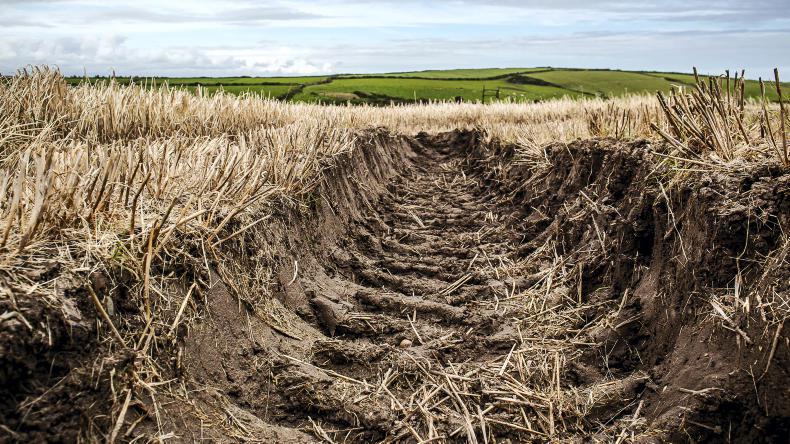
The 2020 grain harvest is virtually at a close, with only some beans left to combine. It has been a long and challenging cropping year, concluded by a troublesome harvest due to broken weather. The inability to get crops planted last back-end, plus the difficult spring and subsequent drought, gave rise to frustration, increased costs, lower yields and mental fatigue.
While growers in the south got a bit of a break this year because of more favourable growing weather, some of this was negated by storms and excess rain. Growers elsewhere were challenged by winter damage, regrowth following the drought and a range of rejection issues for malting.
For many tillage farmers, it seems likely that sales will not cover production costs. While it is good to see the upward price sentiment currently, it seems unlikely to reach a level that can compensate.
While the overall harvest seems likely to exceed the earlier forecast of 1.8mt, it is still unlikely to pass 2mt.
With growers returning to planting, there would appear to be adequate certified seed supply to drill normal areas of winter wheat and barley.
There were fears of scarcity due to the lower planted area and rejection at the end of the season. Indeed, a scarcity of seed for spring planting could again become an issue if a sizeable winter area is not planted.
Dairy: August milk league
Milk suppliers were taken aback when prices were pulled down between 0.5 and 2c/litre in April as spring milk flow increased. At the time it seemed a negative knee-jerk reaction to negative global sentiment on milk dumping, COVID-19 spread, etc.
Thankfully that negative sentiment was replaced with stabilisation in May followed by rises from June to August. The upturn in Chinese demand since has bolstered confidence and recent market trends are positive despite the fact the New Zealand season is stepping up a gear.
Closer to home, UCD’s Niamh Brennan’s analysis of the proposed Ornua board changes deserves careful reading for any director or milk supplier. We will continue to inform and guide this discussion to ensure farmer representation on the boards of these multibillion euro companies is capable of setting clear strategic visions that will deliver strong returns to farmers.
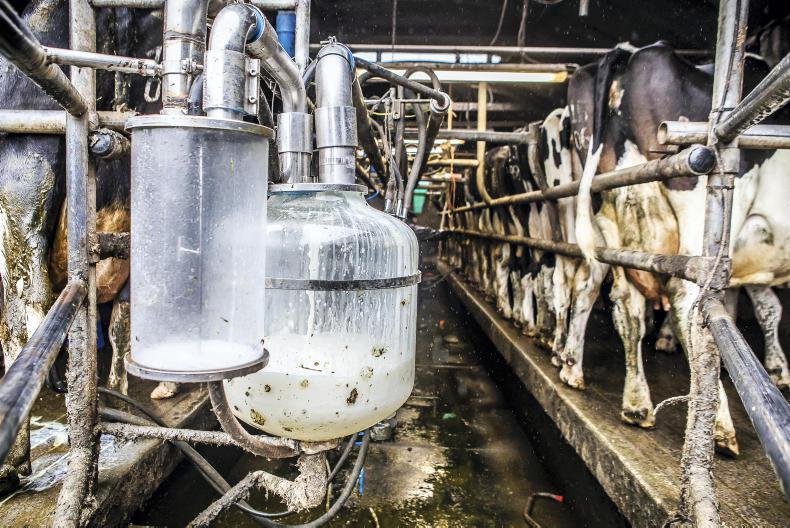
Dairy: Irish farmers supporting Yemen appeal
Dairy farmers across the country will be receiving correspondence from their co-op in the coming days seeking permission for €10 to be held from their next milk cheque.
The money raised will be used to support the work of the Irish Red Cross in Yemen. After years of conflict, children in the region are facing one of the world’s worst humanitarian crises. The initiative – led by Longford dairy farmer Mike Magan – has received widespread support from within the industry with some co-ops agreeing to match funds collected by farmers.
It is an excellent initiative and one that will no doubt be supported strongly by the farming community and wider industry.
Irish Farmers Journal: continuing to invest in unique content
This week, the cover price of the Irish Farmers Journal increases by 10 cents. We continue to invest heavily to ensure that we generate quality, unique and informative content each week for our loyal readers across our print and digital platforms.
As the Brexit endgame approaches, CAP reform accelerates and EU targets within the Biodiversity and Farm to Fork strategies become reality, we will ensure we have the expertise within our specialist and news teams to help inform, support and entertain you.
As ever, we always appreciate feedback on how we can further improve our content or the services we provide. Please email me at jmccarthy@farmersjournal.ie with any comments or suggestions.
Read more
Live winter finishing webinar on farmersjournal.ie
Beef prices: cattle holding steady with more bite for heifers
We received a significant reaction to our analysis last week on the economics of winter finishing. Figures showed finishers requiring a beef price of over €4.50/kg next spring. Some questioned the modelling in relation to store value and feed costs.
The economic challenges facing winter finishing extend way beyond tweaking the value of silage or ration prices and the lack of profitability in suckler systems rules out cheaper stores as a long-term solution.
At a basic level, winter finishing is challenged by the fact that – in line with our main export markets – price seasonality has disappeared. In recent years, we have seen the price paid by factories for grass cattle in the autumn equal to – and sometimes higher than – what was returned the following spring. Not since spring 2015 has the market returned a significant premium over what was a disastrous beef trade the previous autumn. This failure by the market to recognise the difference in production costs at farm level questions the logic behind year-round production.
The efficiency gains of young bull beef systems provided farmers with some opportunity to return a profit from indoor finishing. But instead of working with farmers to develop the bull-beef model, the industry moved to squeeze them out through price penalties and weight limits. As a result, Ireland is now the only EU state where the strategy is to produce beef year-round from a less efficient steer system – made even more difficult as the Irish steer price is often discounted against the price returned on the continent for young bulls.
In this week's edition, Matt Dempsey highlights the challenge of trying to return a profit from bringing the increased number of dairy-bred stock through to beef. Despite the introduction of the dairy beef index, we continue to see the beef merit of these animals being ignored within the national breeding programme.
As a result, Teagasc, within the dairy expansion programme, has failed to develop an economically viable blueprint for bringing the majority of dairy-bred progeny through to beef, leaving the sector totally exposed to a highly volatile live export trade.
Rather than continuing to try to build a beef model around the current flawed steer systems, a more radical approach is needed – one that focuses on developing a parlour-to-plate strategy that has farm efficiency and profitability at its core.
Ireland is the only EU state where the strategy is to produce year-round beef from steer systems
Traditionally, the argument for producing beef year-round has been the need to service premium markets. But what is a premium market? Is a market that fails to return a price that reflects the cost of production or one that discounts Irish beef produced to the exact same specification as domestic product by 10-20% really a premium market?
Producing beef to the highest spec year-round has undoubtedly benefited processors and retailers but it has failed farmers. In the last two years, winter finishers have required a bailout from Government and the EU.
With labelling having squeezed Irish beef out of premium markets in the UK and shut the door into French retailers, is it time that we looked to the commodity model? One where the market develops around production systems and carcase specifications that are centred on maximising efficiency and minimising farm costs? Or do we look at using the increased flexibility in the next CAP to provide seasonal schemes that support year-round production?
Whatever the answer is, it is certainly not to continue with the status quo where the losses of winter finishing are socialised across many farmers only for the profits to be privatised by a small number of processors. There is clearly a need for a farmer-led policy discussion, supported by Teagasc research and market intelligence from Bord Bia, on what is the most profitable beef production model for Irish farmers.
In the meantime, with the cloud of Brexit hanging, it has never been more important for winter finishers to stand back and assess the level of financial risk they are taking. Contracts have never been more important. Yes, some factories have moved in recent days to offer a base plus premium with other farmers securing contracted prices for dairy-bred stock. But a contract is only of value to the person that has it. Those without often end up paying for the premium secured by others. The warning bells are ringing too loudly for farmers to simply ignore them.
Tillage: counting the cost of a tough year in fields

The 2020 grain harvest is virtually at a close, with only some beans left to combine. It has been a long and challenging cropping year, concluded by a troublesome harvest due to broken weather. The inability to get crops planted last back-end, plus the difficult spring and subsequent drought, gave rise to frustration, increased costs, lower yields and mental fatigue.
While growers in the south got a bit of a break this year because of more favourable growing weather, some of this was negated by storms and excess rain. Growers elsewhere were challenged by winter damage, regrowth following the drought and a range of rejection issues for malting.
For many tillage farmers, it seems likely that sales will not cover production costs. While it is good to see the upward price sentiment currently, it seems unlikely to reach a level that can compensate.
While the overall harvest seems likely to exceed the earlier forecast of 1.8mt, it is still unlikely to pass 2mt.
With growers returning to planting, there would appear to be adequate certified seed supply to drill normal areas of winter wheat and barley.
There were fears of scarcity due to the lower planted area and rejection at the end of the season. Indeed, a scarcity of seed for spring planting could again become an issue if a sizeable winter area is not planted.
Dairy: August milk league
Milk suppliers were taken aback when prices were pulled down between 0.5 and 2c/litre in April as spring milk flow increased. At the time it seemed a negative knee-jerk reaction to negative global sentiment on milk dumping, COVID-19 spread, etc.
Thankfully that negative sentiment was replaced with stabilisation in May followed by rises from June to August. The upturn in Chinese demand since has bolstered confidence and recent market trends are positive despite the fact the New Zealand season is stepping up a gear.
Closer to home, UCD’s Niamh Brennan’s analysis of the proposed Ornua board changes deserves careful reading for any director or milk supplier. We will continue to inform and guide this discussion to ensure farmer representation on the boards of these multibillion euro companies is capable of setting clear strategic visions that will deliver strong returns to farmers.

Dairy: Irish farmers supporting Yemen appeal
Dairy farmers across the country will be receiving correspondence from their co-op in the coming days seeking permission for €10 to be held from their next milk cheque.
The money raised will be used to support the work of the Irish Red Cross in Yemen. After years of conflict, children in the region are facing one of the world’s worst humanitarian crises. The initiative – led by Longford dairy farmer Mike Magan – has received widespread support from within the industry with some co-ops agreeing to match funds collected by farmers.
It is an excellent initiative and one that will no doubt be supported strongly by the farming community and wider industry.
Irish Farmers Journal: continuing to invest in unique content
This week, the cover price of the Irish Farmers Journal increases by 10 cents. We continue to invest heavily to ensure that we generate quality, unique and informative content each week for our loyal readers across our print and digital platforms.
As the Brexit endgame approaches, CAP reform accelerates and EU targets within the Biodiversity and Farm to Fork strategies become reality, we will ensure we have the expertise within our specialist and news teams to help inform, support and entertain you.
As ever, we always appreciate feedback on how we can further improve our content or the services we provide. Please email me at jmccarthy@farmersjournal.ie with any comments or suggestions.
Read more
Live winter finishing webinar on farmersjournal.ie
Beef prices: cattle holding steady with more bite for heifers






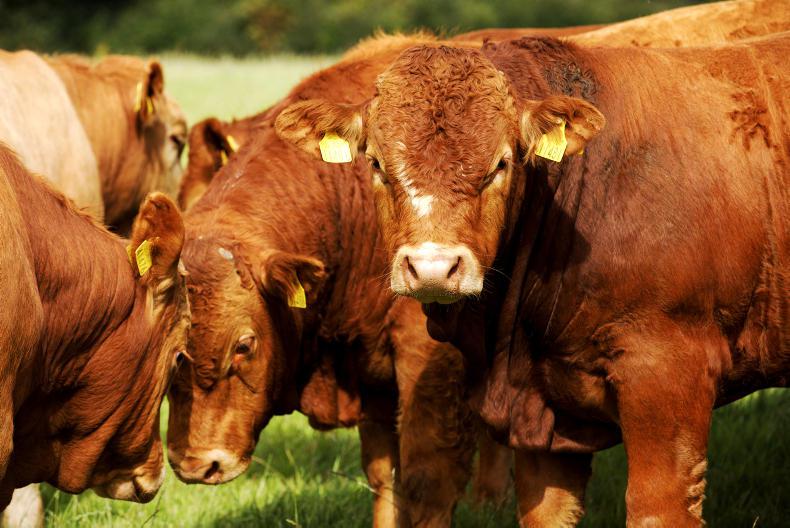

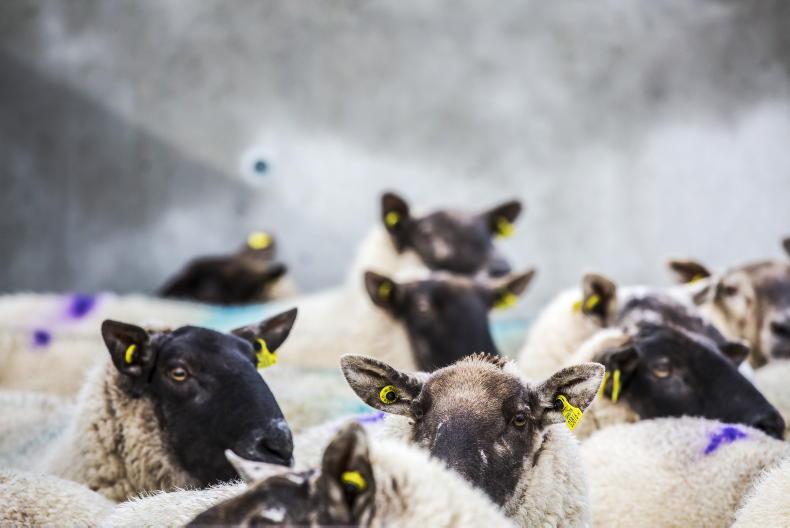

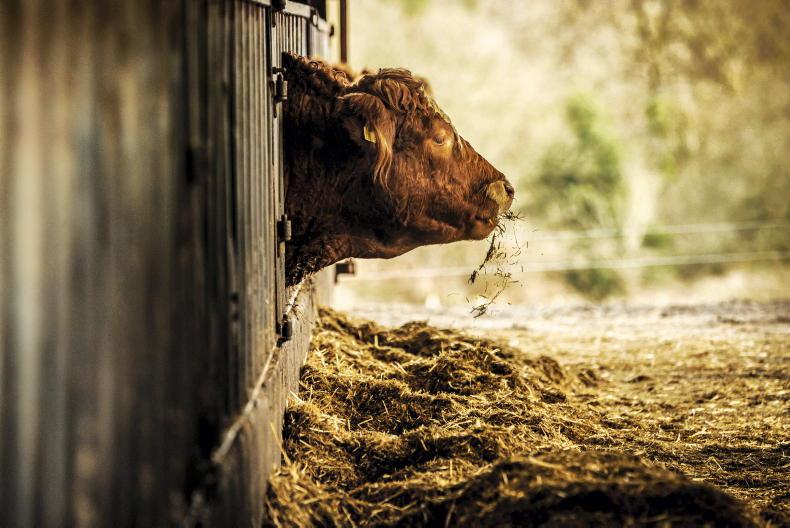
SHARING OPTIONS